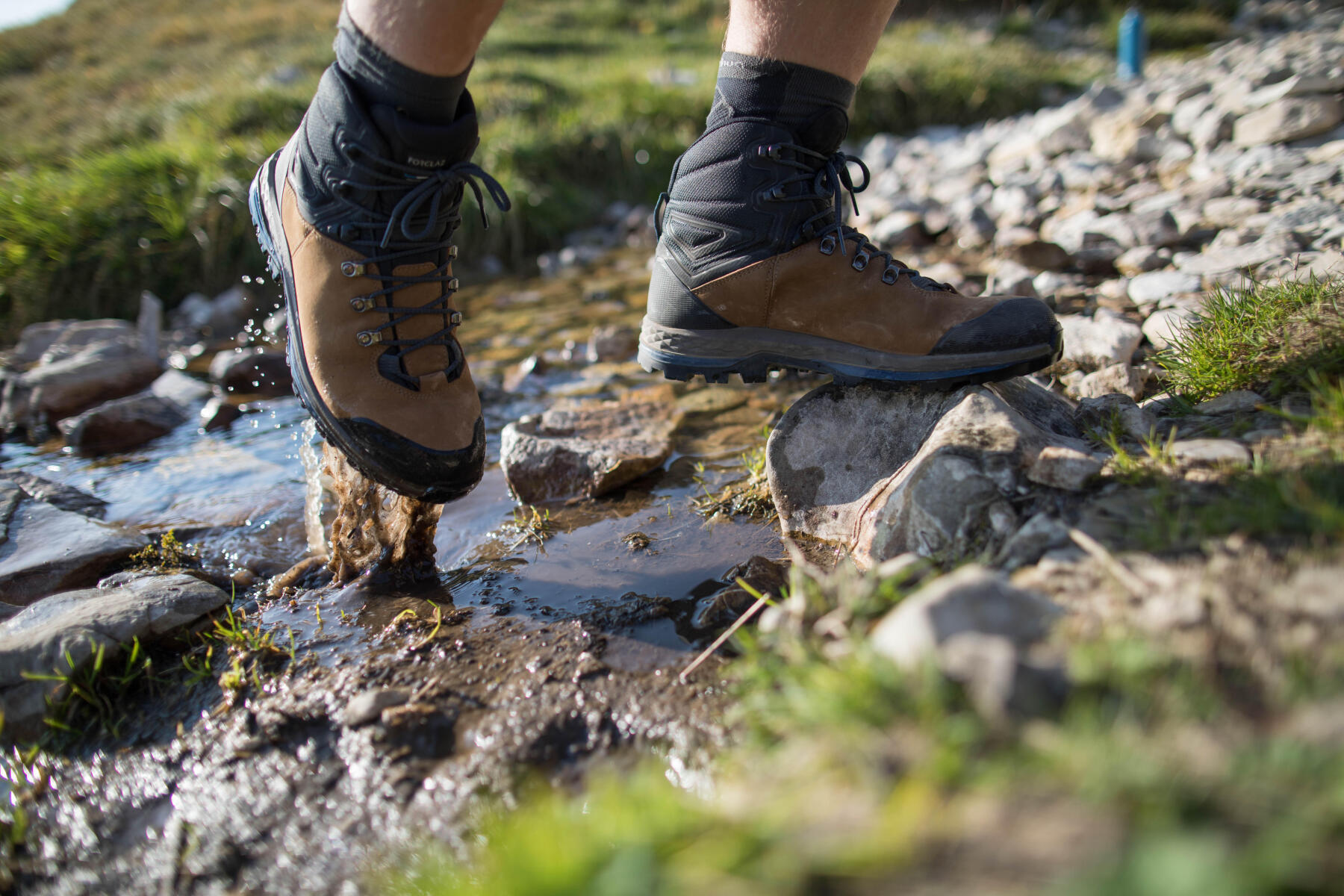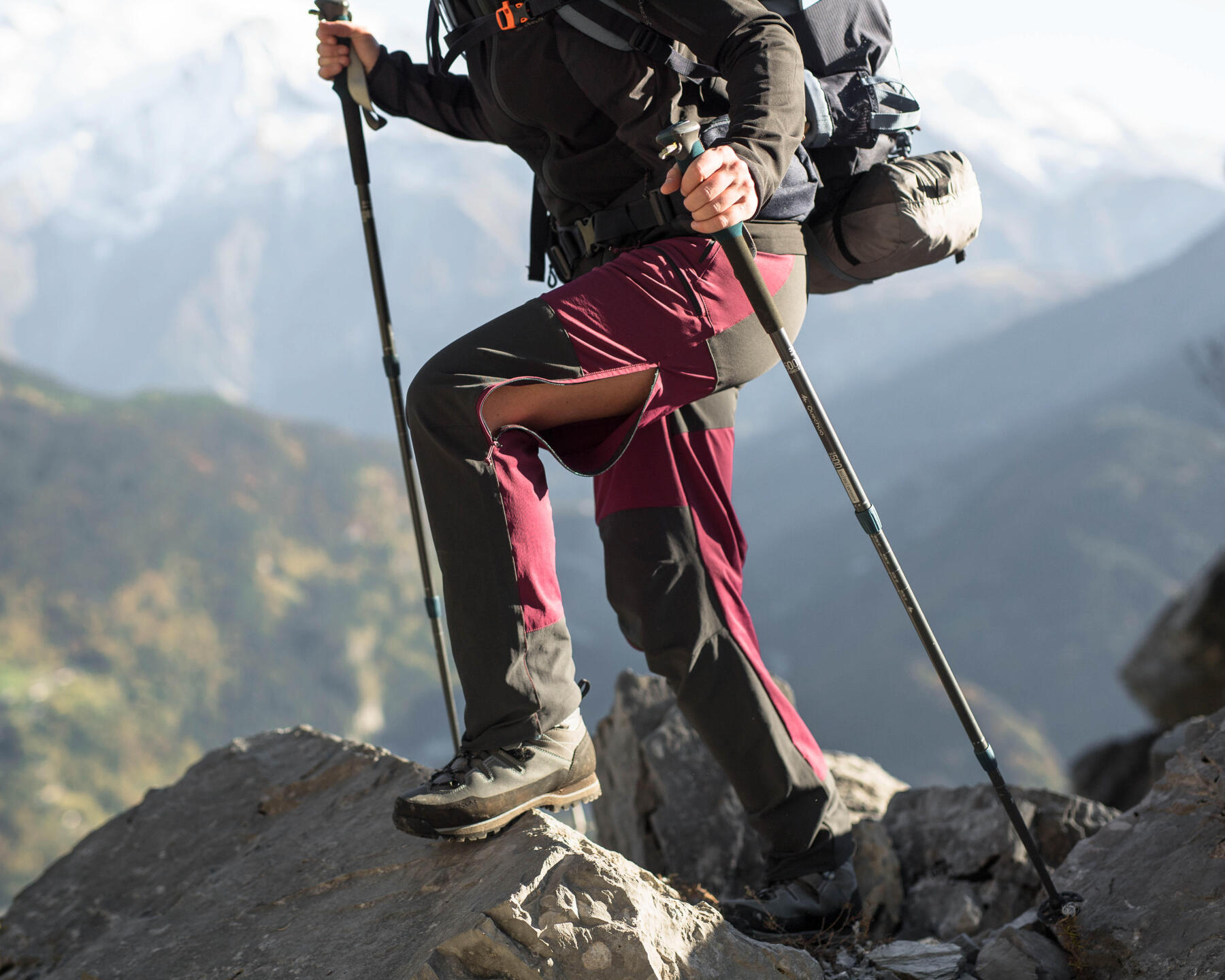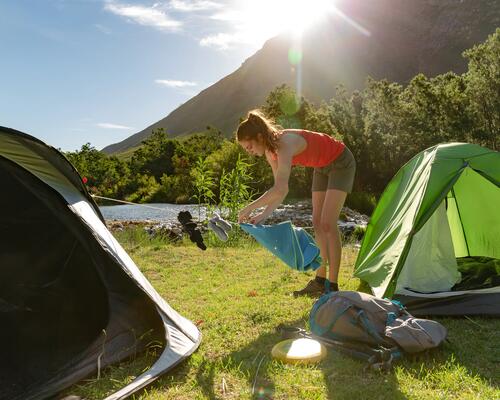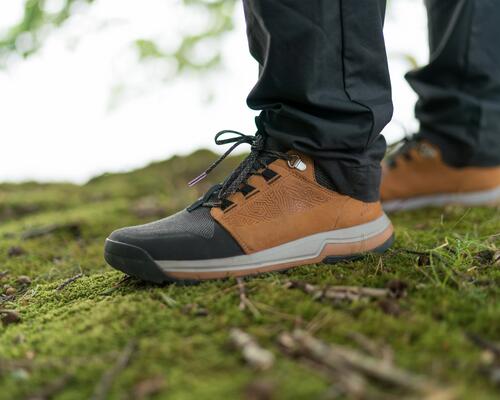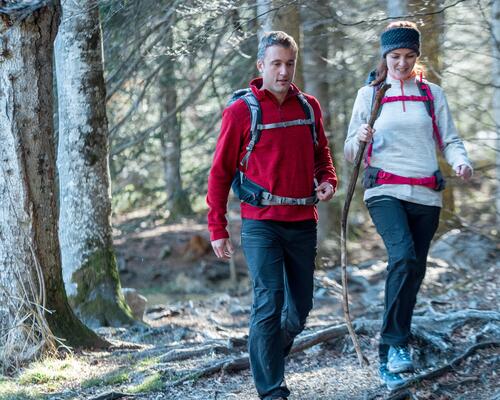You are setting off on passable paths
For large paths, which are not too challenging, best to opt for flexible boots. They actually allow natural heel-to-toe transition, and you'll effortlessly cover plenty of kilometres. To make it heavier, protections are included in the most strategic areas : forefoot and heel. Lastly, the high-cut upper on these models provide good heel support, without making them too stiff, but serving to compensate for small footing misjudgement owing to tiredness, without restricting the joint's range of motion.~

